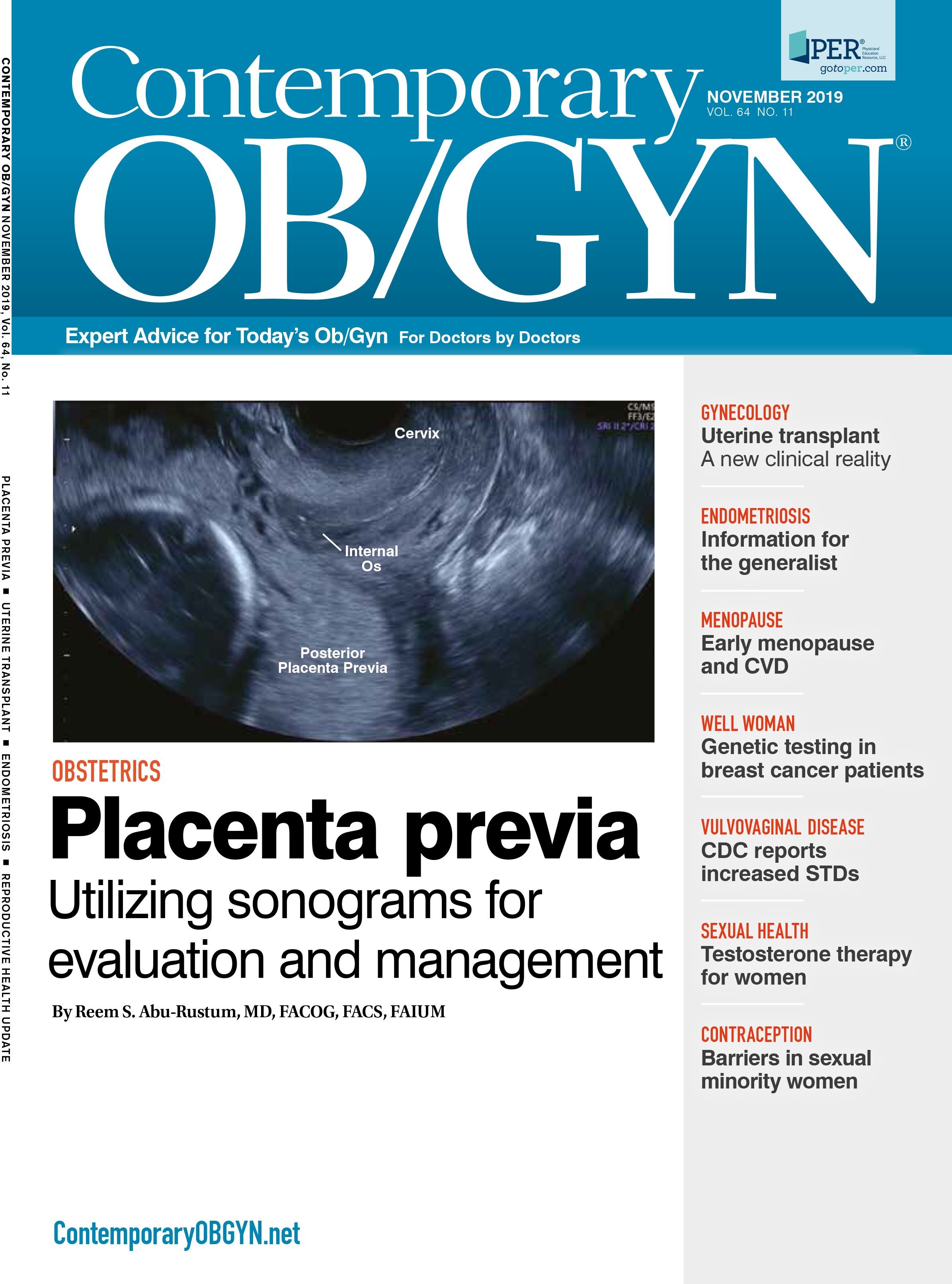Health risk prediction tool for postmenopausal women
A recent study describes the development of a web-based calculator that predicts the likelihood of experiencing multiple and competing morbidity outcomes over 5, 10, and 15 years.
©missty - stock.adobe.com

Although there are several widely available risk algorithms available for predicting morbidity among older women, a major issue with them is that none are able to assess risk of multiple disease outcomes simultaneously, which greatly limits their clinical practicality. A recent study, published in Menopause, describes the development of a web-based calculator that predicts the likelihood of experiencing multiple and competing outcomes over 5, 10, and 15 years.
The study used baseline demographic and medical data from a healthy, racially diverse cohort of postmenopausal women. Participants were ages 50 to 79 at baseline and enrolled in the Women’s Health Initiative (WHI) at 40 sites in four regions (South, Northeast, Midwest, and West). The primary outcomes for the analysis included six morbidities plus mortality and were chosen based on their clinical relevance and frequency in the study population (incidence of ~2% or greater at 15 years). The morbidities for the predictive models were built for (1) myocardial infarction (MI), (2) stroke, (3) lung cancer, (4) breast cancer, (5) colorectal cancer, (6) hip fracture, and (7) death from any cause. The authors used a proportional subdistribution hazards regression model to develop the calculator in a training dataset and used a concordance statistic (C-statistic) to assess model discrimination.
The authors designated the South WHI region as the test data set and women from the other three WHI regions formed the training dataset. The model was built from the training data set while the test dataset was used to measure the validity of the model’s performance. They also used a competing risk framework to build the prediction model. The primary approach treats an event besides the primary outcome of interest as a competing event, though the authors note that their definition differs from the classical definition of competing event as one that precludes the event of interest from occurring.
The study included 161,808 women (119,889 in the training set, 41,919 in the test set). Participants had complete follow-up for 98% of women at 5 years, 78% at 10 years, 45% at 14 years, and 27% at 15 years. The training set was 85% non-Hispanic white, 6% non-Hispanic black, and 9% who reported other race/ethnicities. The test set is 75% non-Hispanic white, 17% non-Hispanic black, 7% Hispanic and 2% who reported other race/ethnicities. Mean age was 63.5 years for the training set and was 62.4 years for the test set.
The authors found the predicative validity of the calculator measured by the C-statistic in the data set for a first event at 5 and 15 years to be: MI 0.77, 0.61, stroke 0.77, 0.72, breast cancer 0.60, 0.59, colorectal cancer 0.67, 0.60, hip fracture 0.79, 0.76, and death 0.74, 0.72. However, they noted that the breast and colorectal cancer predictions yielded slightly higher risk than rates actually observed in the data.
The authors believe that theirs is the first-large scale study to develop a risk-prediction calculator that can analyze multiple outcomes and health risk predictions simultaneously. They believe it represents a significant tool for available treatment planning, health prevention, health maintenance, and patient education. The calculator can be found online at https://hedlin.shinyapps.io/shiny/.

